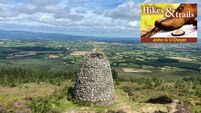Ancient fights and double-dealing politics — a visit to Boyne battle site
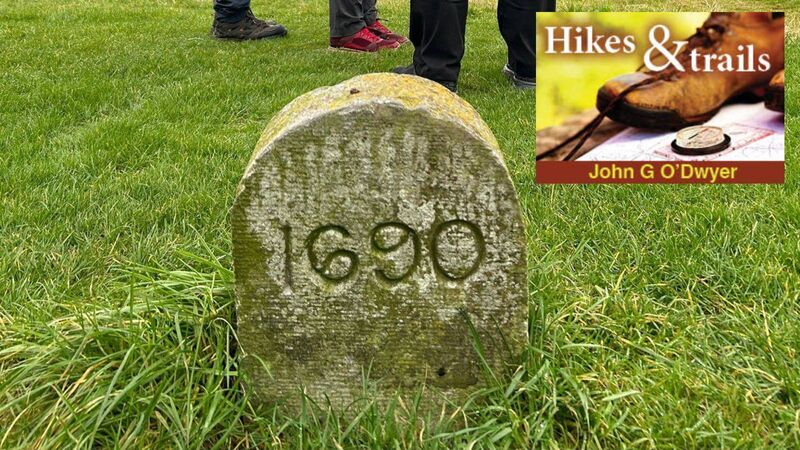
Schomberg Memorial, Oldbridge, commemorates the spot where the Duke of Schomberg died in the Battle of the Boyne. Pictures: John G O'Dwyer
More than 30 years ago, I journeyed with few expectations to the Battle of the Boyne site near Drogheda and yet returned disappointed.
There was almost nothing to suggest where or how the battle unfolded. This wasn’t surprising since Northern Ireland’s Orange Order had, for centuries, proclaimed the outcome a great victory for King William III against what they termed the threat of Popery in Ireland. By a country mile the largest and most significant battle fought on Irish soil, it ensured that, thereafter, only a Protestant monarch would reign on the British throne.
There is no doubt the Battle, which took place within its territory, was a huge embarrassment to the fledgling, 20th-century Irish Government, until the Good Friday Agreement triggered change... the Oldbridge Estate, where most of the fighting took place, was acquired by the nation and an interpretive centre installed.
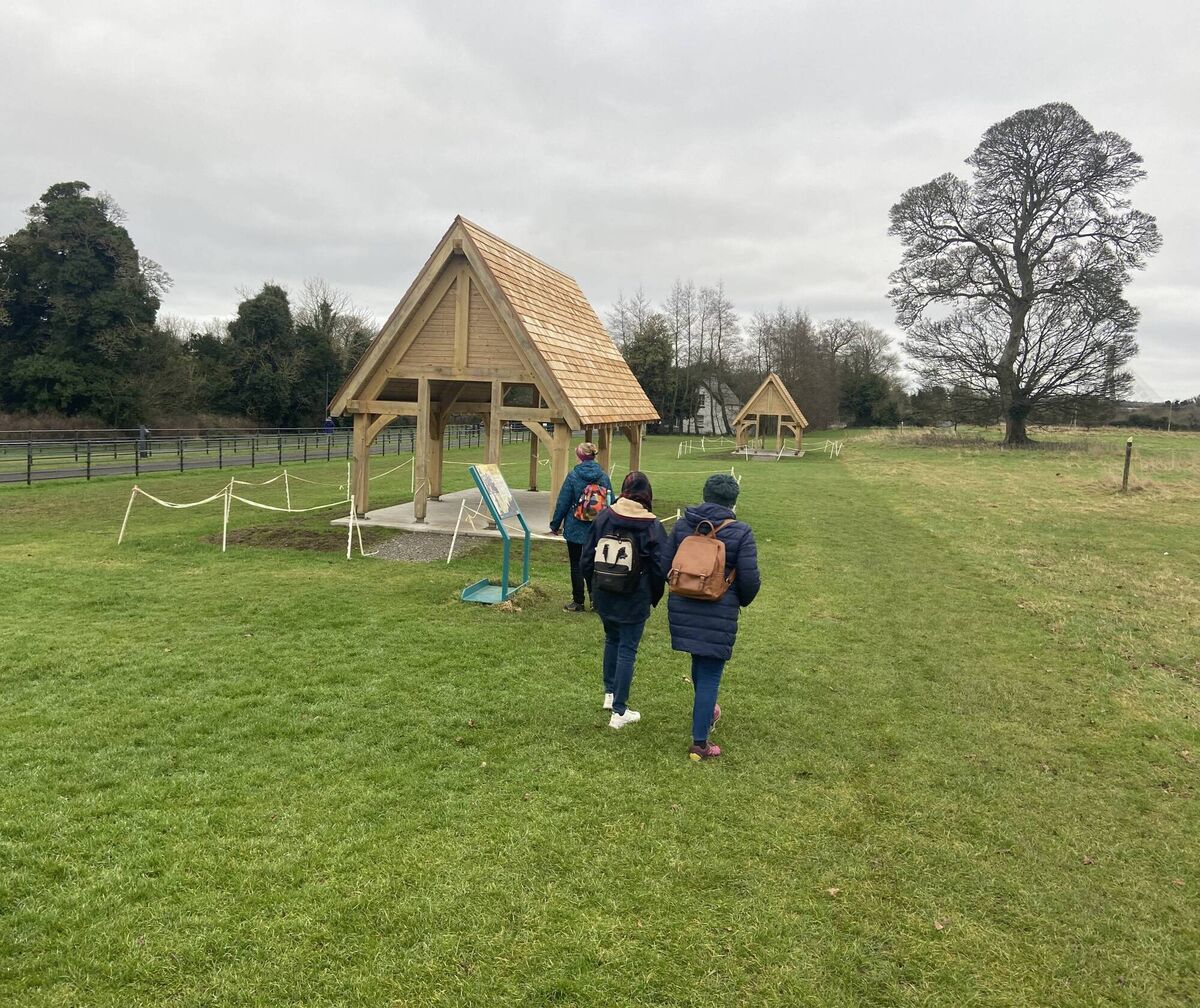
To ascertain the current state of play, I returned to the battleground. The Interpretive Centre within Oldbridge House was closed to visitors, but this was just a minor inconvenience. My objective was to get close and personal with the conflict site, and soon I was rambling towards Oldbridge Village where the fiercest fighting took place.
The village is no more, but it was here that William’s army forded the Boyne and gained a foothold on the south side of the river at a considerable cost; his second-in-command, the Duke of Schomberg, died here with a simple stone immortalising where he fell.
Onwards then towards the high point of Groggin’s Field, where the Jacobites led by King James II made camp, with panoramic views over the battlefield.
Here, it was easy to appreciate how William outfoxed his opponent: sending a diversionary force southwest to cross the Boyne at Rosnaree. This would have been disastrous for James, as it would have allowed the possibility of an attack from the rear. To counteract this, he moved the majority of the Jacobite Army away from the main attack, thus fatally weakening his defence.
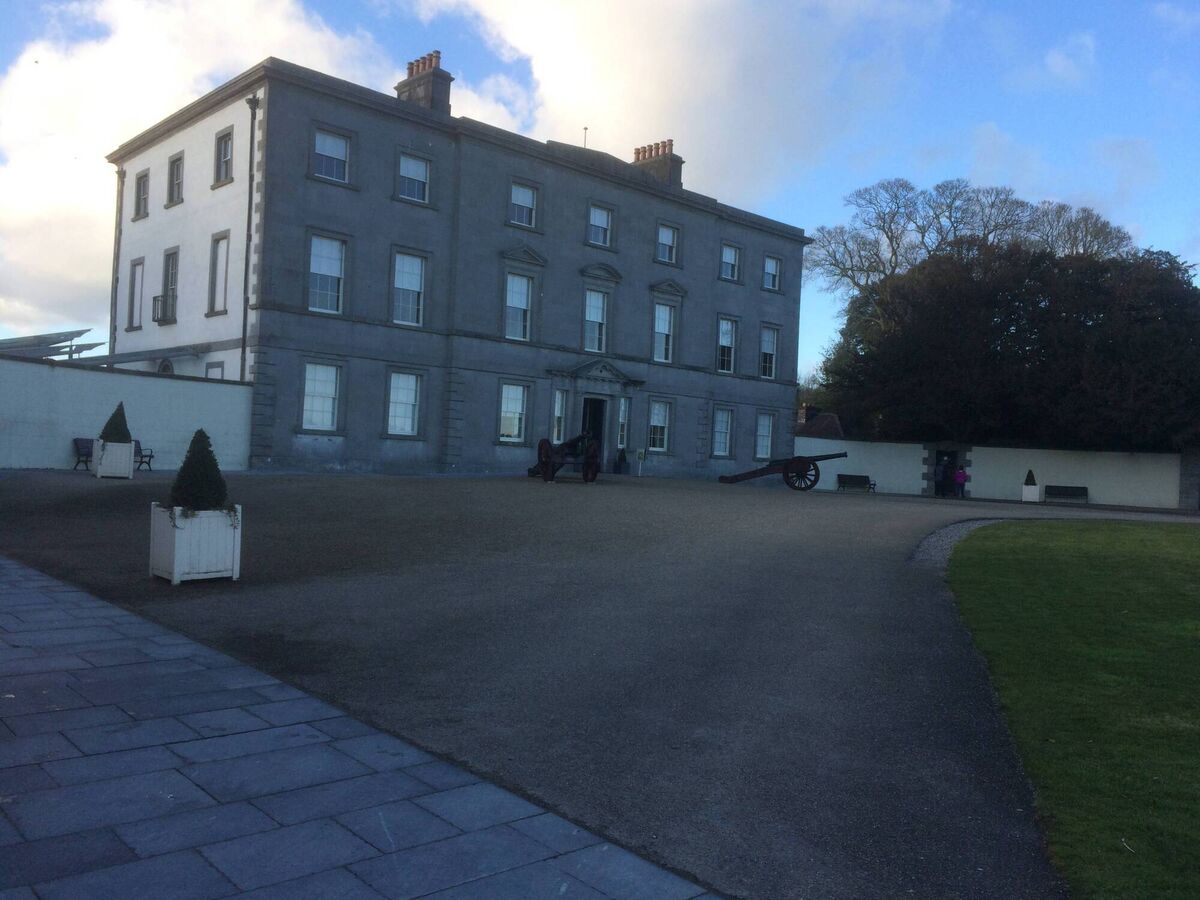
Returning towards Oldbridge House, I descended to the towpath of the Boyne Canal, which was constructed in the 18th century to allow transport to and from Navan. The Battle preceded the canal, of course, yet walking in evening quietude along the towpath, it is clear that the river forms a considerable geographic barrier and it might seem initially that James should have made a better fist of defending it. With a smaller, less equipped army, however, it is unsurprising that he was unable to do so and European history was changed forever.
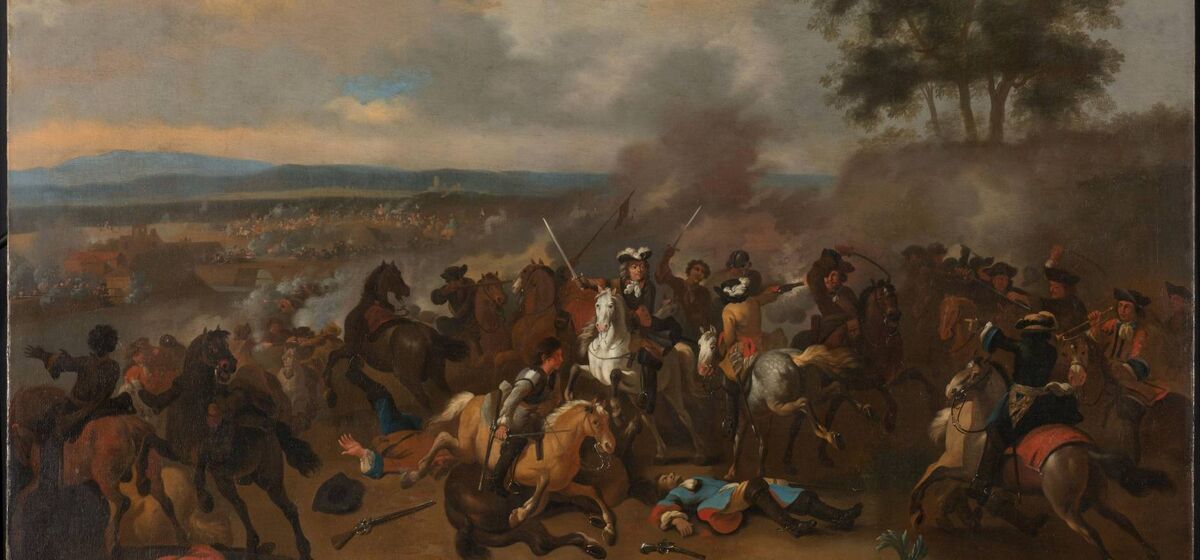
Crossing a footbridge to the other side, I passed where the main Williamite army began fording the river. Here, I recalled a loyalist mural in Belfast showing a heroic William astride an immaculate white charger emerging from the Boyne. Peering into the opaque, muddy waters, it seems apparent that even had William entered on a white steed, he would have exited atop a very brown animal indeed.
More so than any other, this battle is portrayed in simplified terms, particularly by Northern loyalists. The narrative goes that the Protestant William defeated his papist father-in-law James, who was supported by Louis XIV of France; this prevented Rome rule over Britain.
In the double-dealing world of 17th-century politics, reality was, however, more complex. The Pope, fearing a French conquest of the Papal States by Louis, was actually on William’s side. But such is the way of history — myth is more powerful than fact, and so everyone takes what they want from it.
Whatever the political nuances, the day was William’s. Caught in a pincer movement, the Jacobites retreated with James reputedly much to the fore. Two days later, James fled to France and William took Dublin. While the war dragged on for another year, the outcome was now inevitable: a Protestant ascendancy for Ireland was assured.
Returning to the Visitor Centre, I recall that on the day before the Battle, William came to survey the battle and was slightly wounded by Jacobite artillery. On my ramble back to Oldbridge House, I can’t help wondering how different would history have been if this gunner has been slightly more accurate.
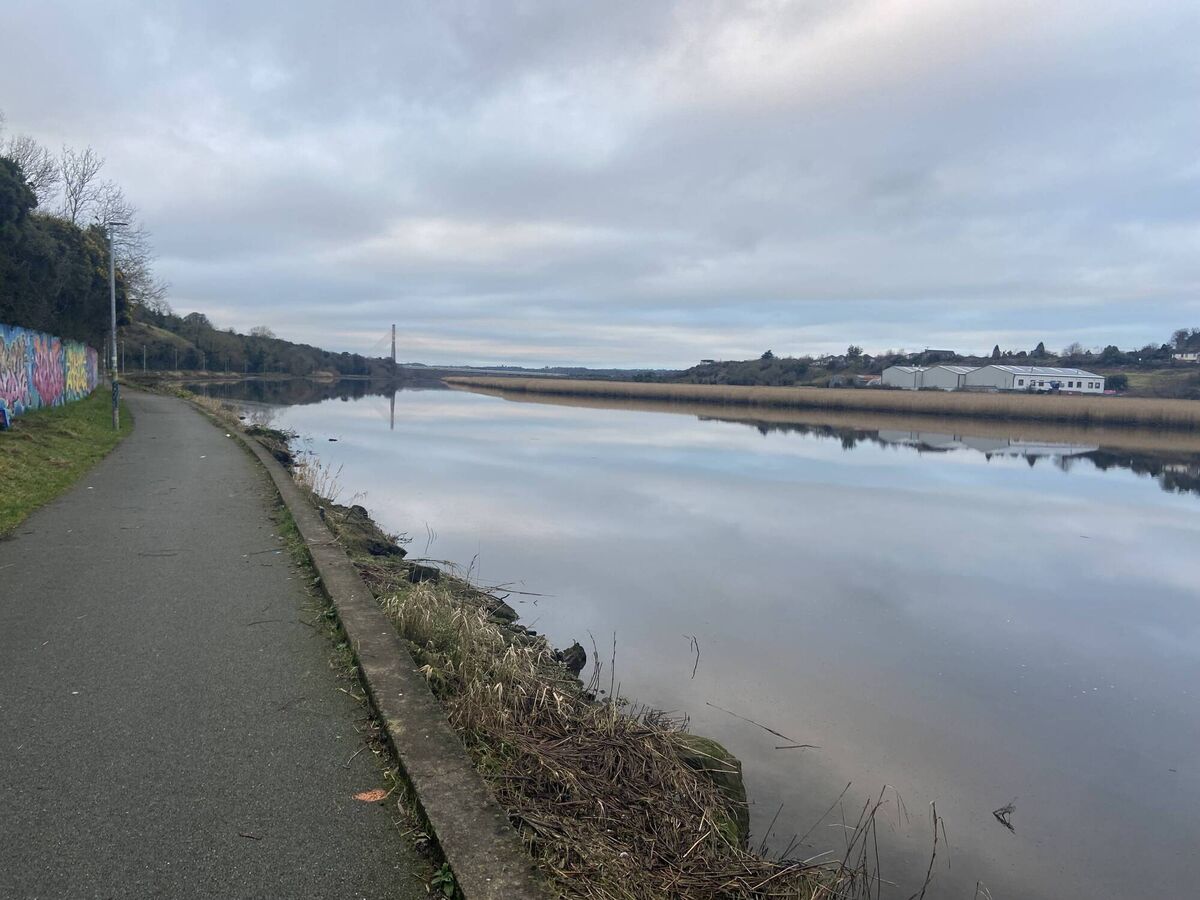
A nice way to explore the River Boyne Battle site is to take a train to Drogheda Railway Station and then get a taxi to Oldbridge.
Here you can explore the battle site by following the arrows along a series of walkways before joining the Boyne Canal Towpath and returning by the entrance gates to Oldbridge, having enjoyed a five-kilometre outing.
After a bite in the well-appointed Brambles Café in the Visitor Centre, you can top off the day in style by following the magnificent Boyne Valley Greenway for a 4.5 km waterside stroll back to Drogheda.
- The latest edition of John G O'Dwyer's book is out now from publishers, Currach Books.




